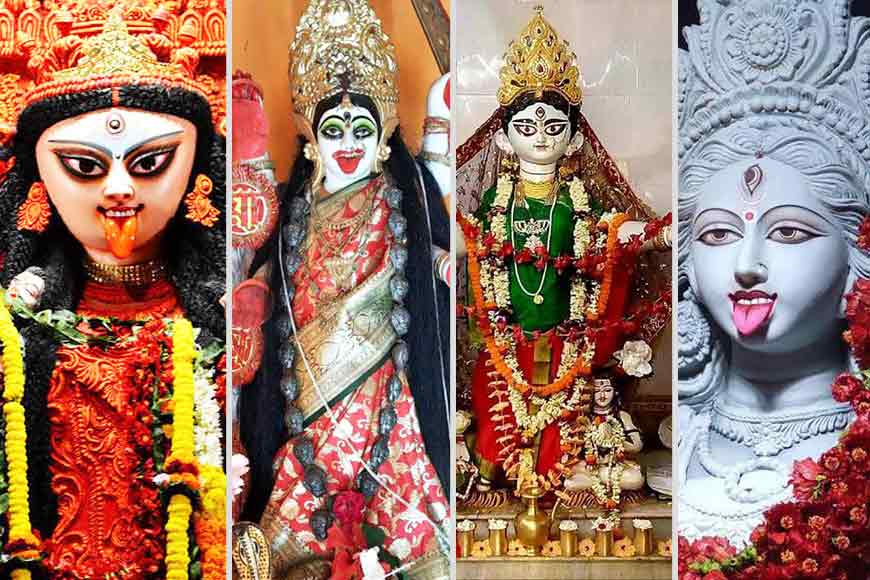When Kali arrives in her white hue, brings peace after destruction—GetBengal story

Kali — the name reflects the strength of the divine power. Her dark and fierce presence embodies the utmost divinity and devotion. Every idol of Kali is either Black, Grey, or Blue (Shyama Kali). However, very few people know about Shwet Kali or White Kali. This form of Kali represents peace, purity, and calm after destruction.
According to old Tantric beliefs and Kali sadhaks like Krishnananda Agamavagisha, Maa Kali usually appears in black. When the world is troubled by the rise of evils and asuras, Kali becomes fierce to protect the world, and at that time, a flash of energy bursts from her body, turning her dark as night, and devotees worship her to seek strength and protection. But when the storm ends and the world gets back its balance, Kali returns to a serene and calming form that is white.
Bengal worships several White Kali, each with its own unique story. Hooghly’s Rajabalhat, Birbhum’s Ajaypur, and Kulti’s Lalbazar are among some of the most reputed places where Shwet Kali is worshipped, each following its own unique tradition and time.
The ancient Devi Rajballavi Temple at Hooghly’s Rajbalhat is nearly 800 years old, where the idol of the white Kali is a blend of Durga, Saraswati, and Kali. Locals believe this is a form of White Kali, a symbol of wisdom and purity. On the other hand, at Suri’s Ajaypur, in Birbhum district, White Kali is not worshipped on the night of Amavasya, but on the full moon of Agrahayan. The founder of this puja, Jwalatan Sandhu, said that it is hard to perform rituals in darkness. That is why the full moon is the best time for worship, eliminating all the obscurity. Another story comes from Kulti’s Lalbazar area, where a devotee named Madhumoy Ghosh dreamt of the goddess and brought a white idol from Susunia Hills in Bankura in 2005 to begin her worship.
In mythological accounts, white Kali is often described on a battlefield with her calm yet powerful appearance. This shows that light and darkness are not opposites, but two sides of the same divine energy. White Kali is not a softer goddess, she is the calm that comes after chaos, the silence that follows thunder.
Also, many Bengalis believe that White Kali is the symbol of hope and healing. This divine energy brings peace after chaos and ease after struggle. Her white form reminds people that purity is not the absence of power, but the result of transformation. Worshipping her is like celebrating the light that rises after night, the promise that peace always follows turmoil.
In this way, the story of White Kali adds a new depth to Kali Puja, reminding us that beyond fear and fire, there is also light, forgiveness, and peace.










